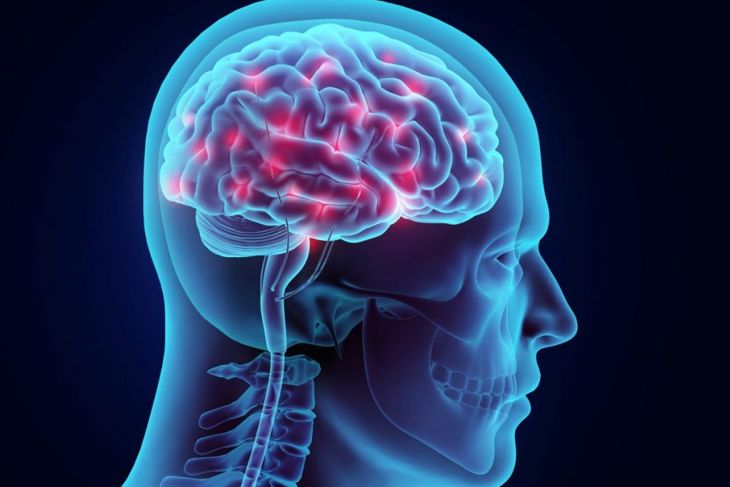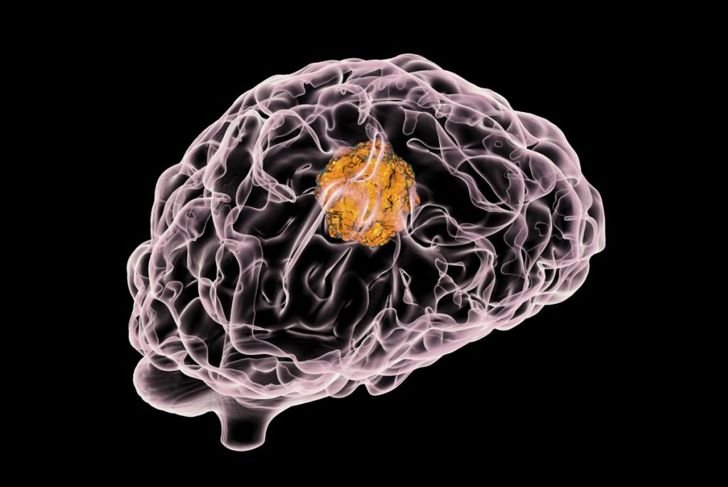Hydrocephalus occurs when cerebrospinal fluid builds up in the ventricles (cavities) deep within the brain. Normally, cerebrospinal fluid flows through these passageways, but a buildup in the ventricles causes them to enlarge and put pressure on the brain, leading to damaged brain tissue and significant problems with the brain’s ability to function. Hydrocephalus affects more than one million people in the United States. There is no cure for the condition, but treatment can help manage it.
Hydrocephalus Symptoms in Infants
Changes in the head, such as an abnormally large head or a head increasing in size at a fast rate are signs of hydrocephalus in infants. Infants with cerebrospinal fluid buildup may also experience seizures, irritability, poor feeding, vomiting, sleepiness, a lack of muscle tone or strength, poor response to touch, and have eyes that are fixed downward.
Hydrocephalus Symptoms in Toddlers and Older Children
Poor balance, a lack of appetite, seizures, an abnormally large head, nausea, vomiting, sleepiness, headache, urinary incontinence, and a lack of coordination are symptoms of hydrocephalus in toddlers and older children. Behavioral changes, such as irritability, a decline in school performance, personality changes, and delays or issues with previously mastered skills such as walking and talking, may also occur.
Hydrocephalus Symptoms in Adults
Adults with hydrocephalus experience symptoms such as loss of balance or coordination, headache, a frequent urge to urinate or urinary incontinence, lethargy, vision impairment, and difficulty with concentration, memory, and other cognitive skills.
What is Cerebrospinal Fluid?
An imbalance between the amount of cerebrospinal fluid created and the amount the bloodstream absorbs causes hydrocephalus. Cerebrospinal fluid flows through the brain’s ventricles and is mostly absorbed by the blood vessels in tissues near the brain’s base. The fluid helps control pressure within the brain and protect against injury by cushioning the brain. It also keeps the brain buoyant so it floats in the skull.
Hydrocephalus Causes
Excess cerebrospinal fluid in the brain can occur for several reasons. Partial obstruction of the normal flow of cerebrospinal fluid from one ventricle to another or from the ventricles to other spaces in the brain and spinal cord is the most common cause of hydrocephalus. Though less common, hydrocephalus can also occur due to a problem with the mechanism that allows blood vessels to absorb the cerebrospinal fluid. Often, this is related to inflammation in the brain caused by an injury or medical condition. In rare cases, cerebrospinal fluid is produced at a faster rate than it can be absorbed.
Hydrocephalus Risk Factors
Newborns with abnormally developed central nervous systems are at higher risk of developing hydrocephalus at birth or shortly afterward. An infection in the uterus, such as syphilis or rubella, can also put a baby at higher risk; such infections can result in inflammation in fetal brain tissue. Bleeding in the brain due to a head injury or stroke, and tumors or lesions in the brain and spinal cord, put people of any age at higher risk of hydrocephalus. Additionally, people are at higher risk for the condition if they have a central nervous system infection, such as mumps or bacterial meningitis.
Diagnosing Hydrocephalus
A diagnosis is typically made based on medical history, symptoms, physical examination, neurological examination, and brain imaging tests. A neurological examination may consist of tasks that test one’s movement, muscle coordination, and cognitive functioning. Imaging tests can show enlarged ventricles in the brain containing excess cerebrospinal fluid. This may also be useful for determining the underlying cause of hydrocephalus.
Hydrocephalus Treatment
The most common treatment for hydrocephalus is the insertion of a shunt, a drainage system, in the brain. The shunt is a long, flexible tube that keeps cerebrospinal fluid flowing through the brain at the right rate. Typically, the surgeon will place one end of the tube in a ventricle. The other end is placed in another part of the body where cerebrospinal fluid is absorbed more easily, such as in one of the heart’s chambers or the abdomen. Some people with hydrocephalus can undergo an endoscopic third ventriculostomy. In this procedure, a surgeon creates a hole in the bottom of one of the brain’s ventricles or between ventricles so that cerebrospinal fluid can drain from the brain.
Preventing Hydrocephalus
While someone cannot prevent hydrocephalus, there are ways in which he or she can reduce the risk of developing the condition. Experts recommend people follow the vaccination schedule for their sex and age. Having infections treated promptly also reduces risk. Reducing the risk of head injury is a positive preventative measure — children and adults should wear helmets when they’re riding bikes, motorcycles, snowmobiles, skateboards, and all-terrain vehicles. Parents should use age- and size-appropriate car seats for young children. Older children and adults should always wear seat belts when riding in automobiles.
Hydrocephalus Prognosis
The severity of complications depends on any underlying medical or developmental issues, the severity of initial hydrocephalus symptoms, and how promptly an individual receives treatment. Adults who experience significant problems with memory and other cognitive skills usually do not recover as well and have ongoing symptoms, even after treatment.

 Home
Home Health
Health Diet & Nutrition
Diet & Nutrition Living Well
Living Well More
More




















